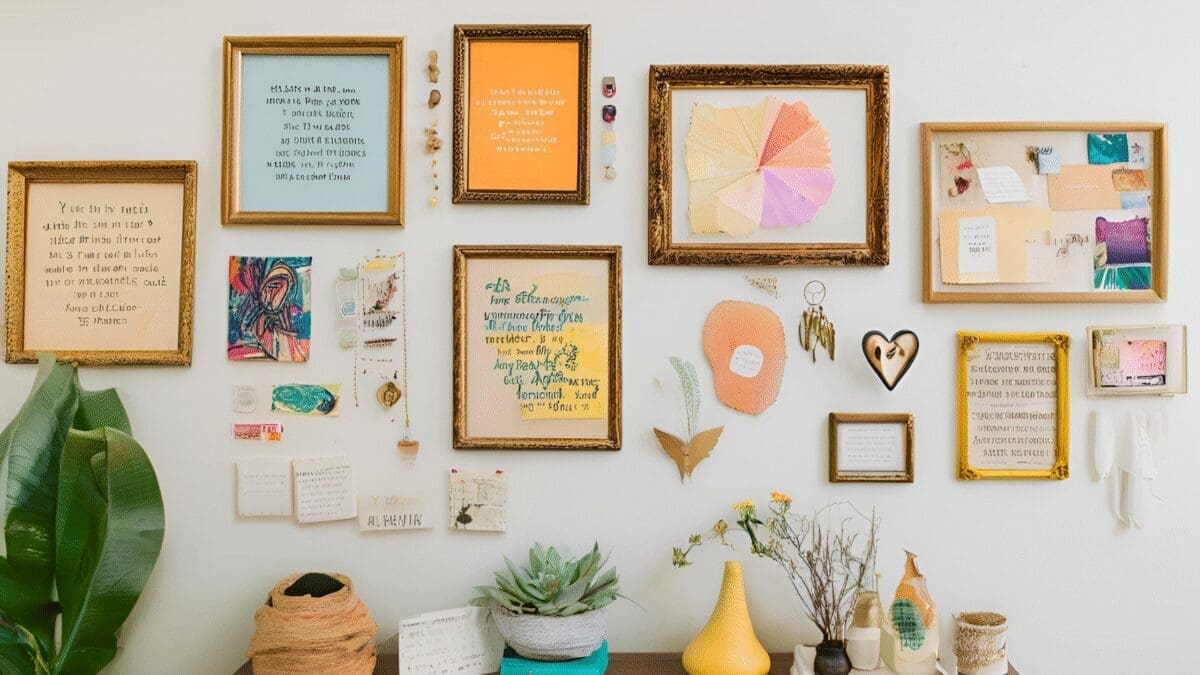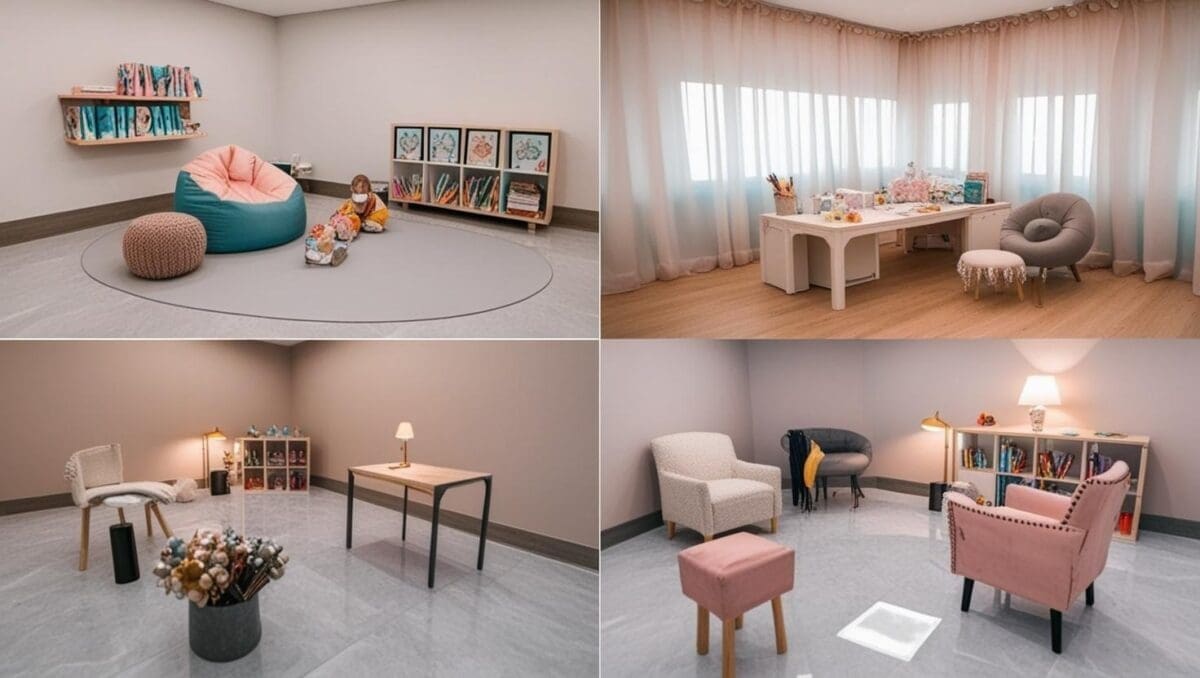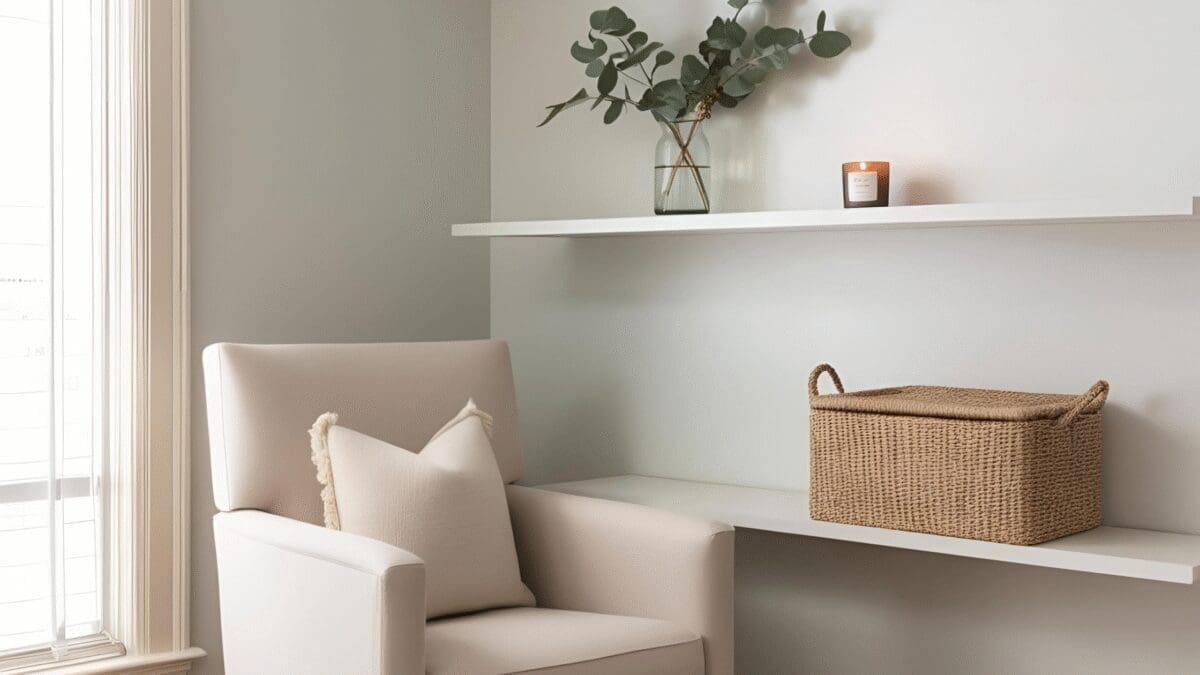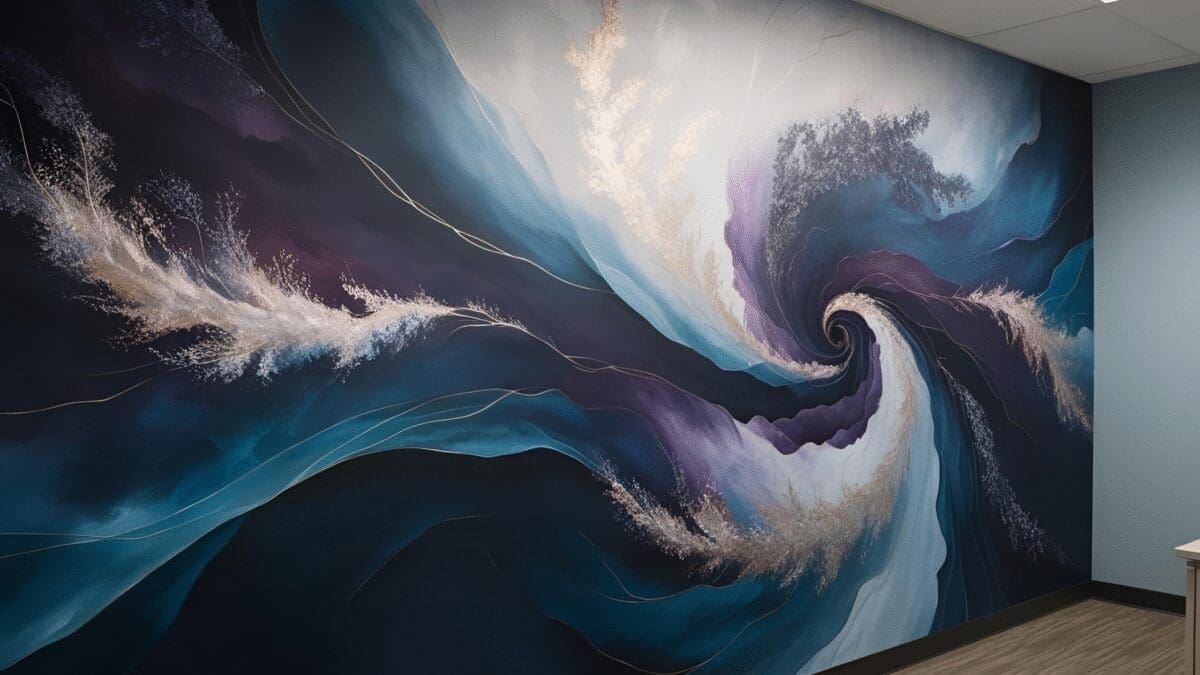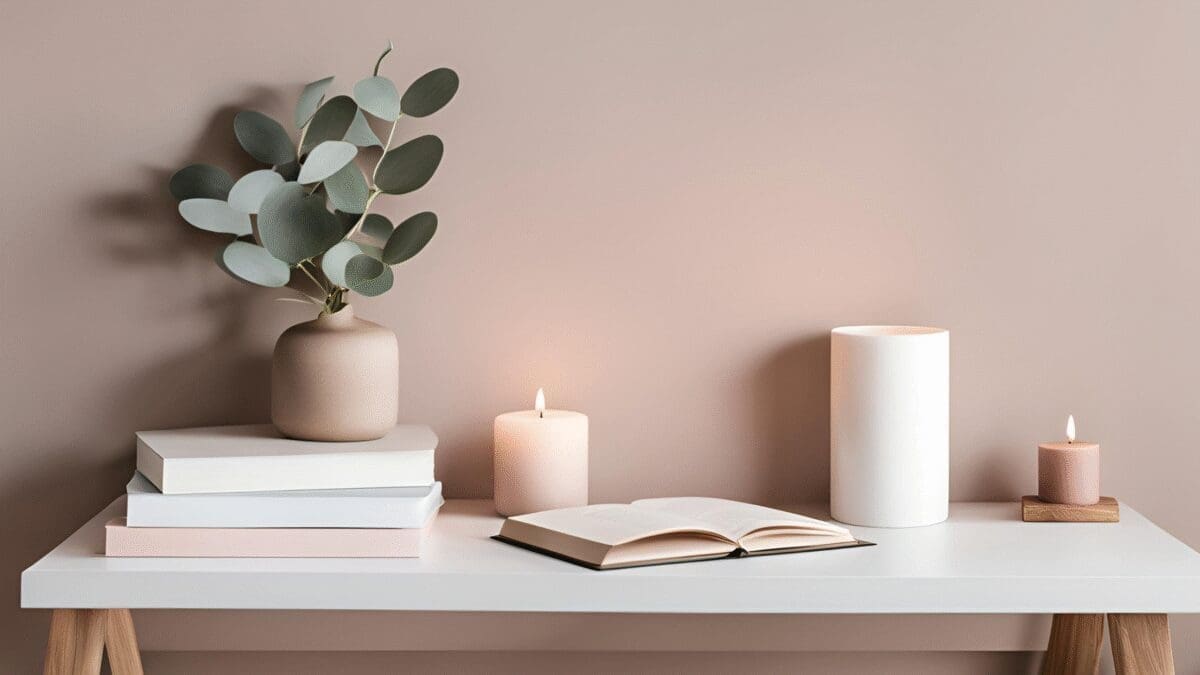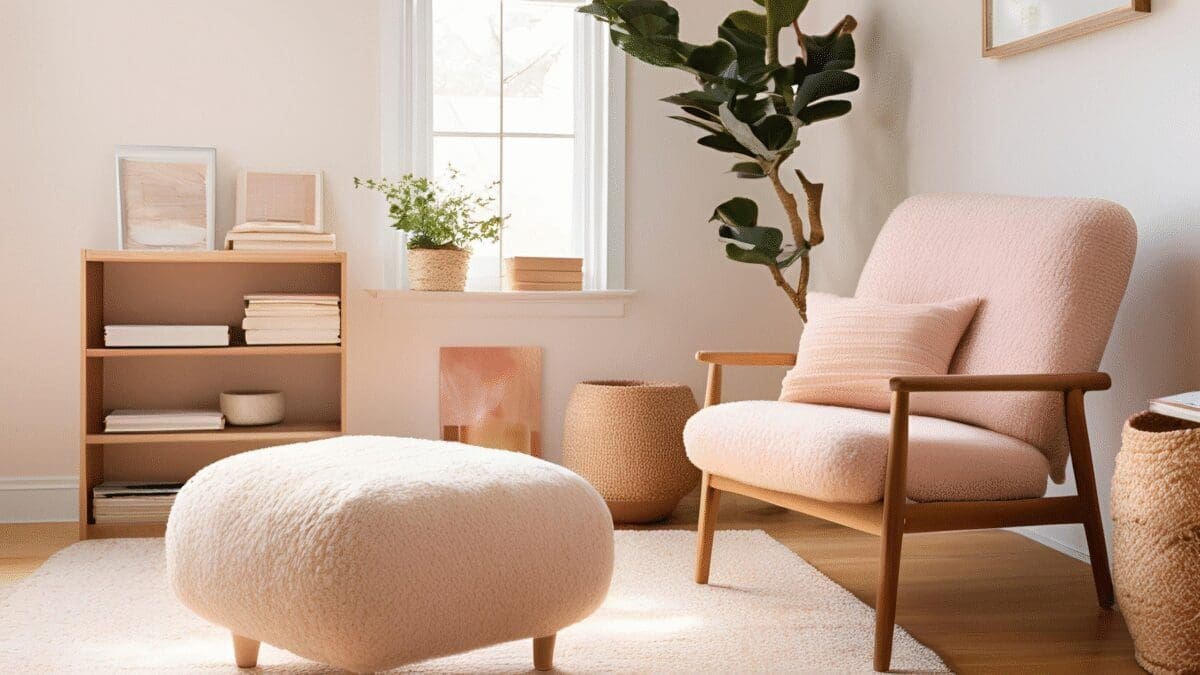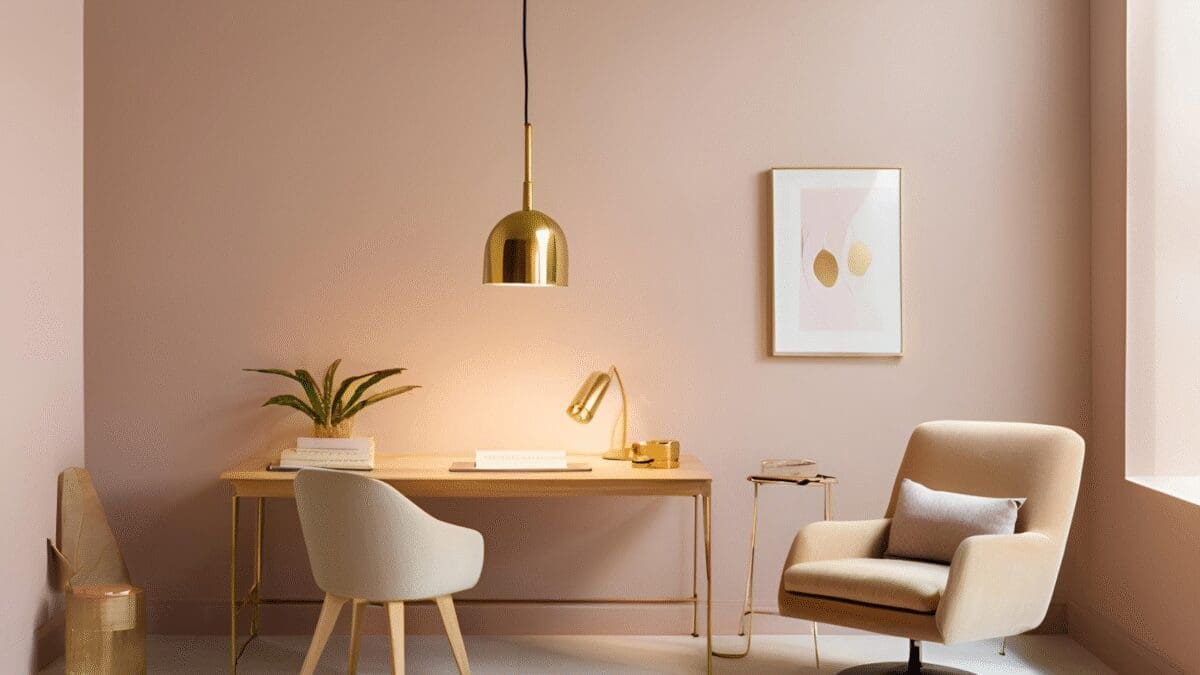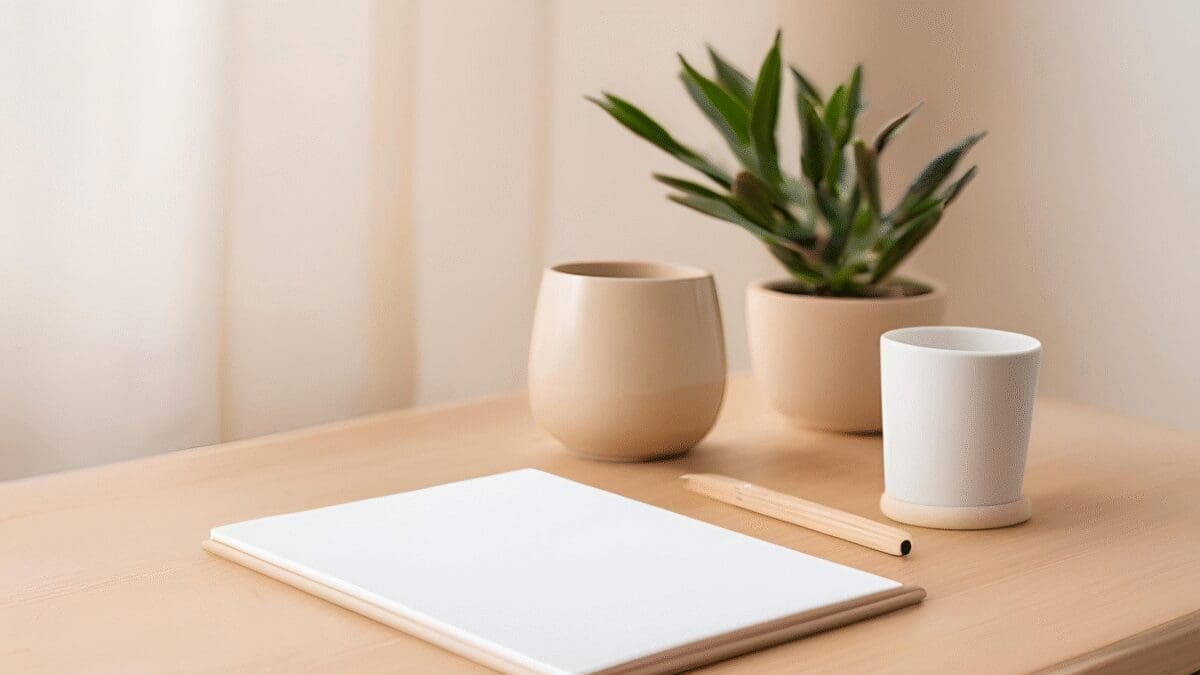The Power of an Accent Armchair: Elevating Your Therapy Office with Comfort & Style
Why Every Therapy Office Needs an Accent Armchair
An accent armchair is more than just a seating option—it’s a powerful design element that enhances both the atmosphere and functionality of your therapy space. Here’s why it’s a must-have:
1. Encourages Relaxation & Emotional Safety
Therapy spaces should feel welcoming, and the right chair can help create a sense of security. A plush, cushioned armchair offers physical comfort that translates into emotional ease. When clients feel at ease, they open up more freely, allowing for deeper and more effective sessions.
The Power of an Accent Armchair: Elevating Your Therapy Office with Comfort & Style Read More »


